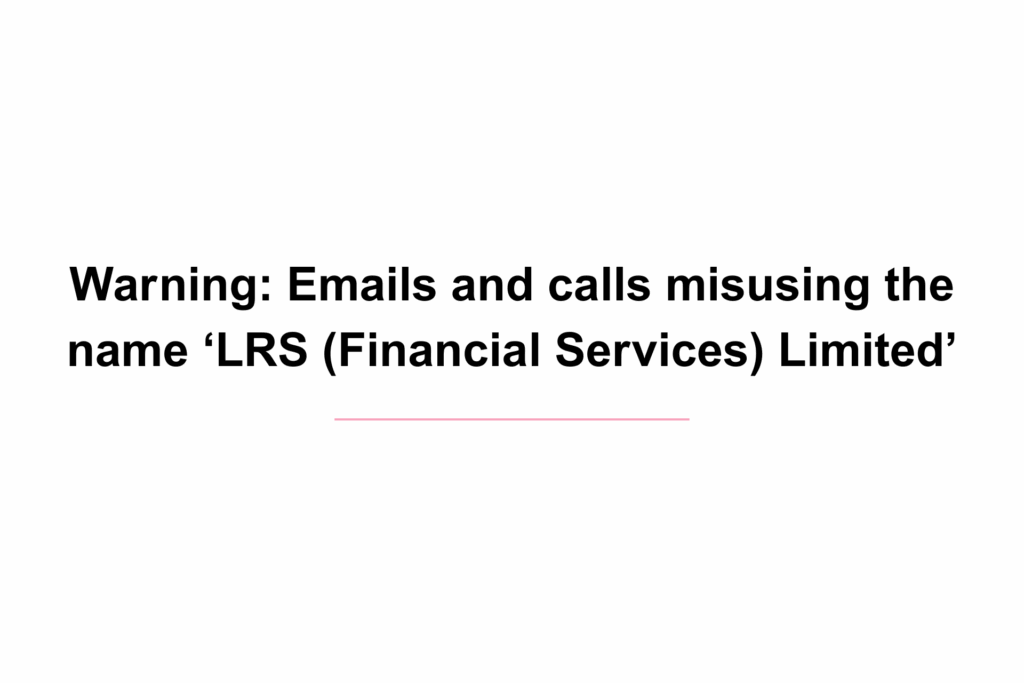Earlier this week, the EHRC updated its technical guidance on the new duty to prevent sexual harassment. The new duty applies to all employers and comes into force on 26 October 2024.
Damian Kelly, head of our Employment Law team, explains the new law.
What is changing?
Currently, under the Equality Act 2010, an employer can defend a harassment claim if it can show that it took ‘all reasonable steps’ to prevent it from happening in the first place. This applies in relation to harassment based upon different protected characteristics eg sex, race, disability etc..
From 26 October 2024, the law will go one step further than this, but for sexual harassment only.
The Worker Protection (Amendment of Equality Act 2010) Act 2023 introduces a new proactive duty on employers to take reasonable steps to prevent (specifically) sexual harassment in the workplace. It will not apply where other forms of harassment are alleged (for example, harassment related to disability, age, religion or belief). It will apply where the alleged harassment is sexual in nature.
I refer to it as the “prevention duty” in this blog.
What can happen if employers don’t comply with the duty?
Recent high-profile cases involving sexual harassment (eg McDonalds & Harrods) have served as a stern reminder of the serious damage which they can cause to both employee relations and corporate reputation.
In addition, employers’ legal exposure will be increased specifically as a result of any breach of the new prevention duty. For example:-
- Employment tribunals will now be able to award an uplift of up to 25% to an employee’s discrimination compensation where they find that there has been a breach of the prevention duty. Clarification has been provided that, where there is a breach of the prevention duty, the 25% uplift will apply to all compensation awarded to the worker under the Equality Act 2010, not just to the compensation awarded for sexual harassment. This uplift could represent a significant sum in some cases, given that discrimination compensation can be awarded in respect of different heads of discrimination and is unlimited by statute.
- The EHRC will be able to intervene with employers, proactively, and have various enforcement powers at their disposal. These will include investigating employers’ actions (or inaction) in complying with the prevention duty, issuing unlawful act notices and seeking court injunctions to prevent employers from committing unlawful acts. It’s important to note that EHRC can intervene both before and after claims relating to an alleged breach of the prevention duty are raised.
EHRC Guidance – Third Party Harassment and Risk Assessments
The Equality and Human Rights Commission (EHRC) has issued technical guidance in relation to the new prevention duty and this was updated earlier this week, taking on board feedback received as part of its recent consultation exercise.
One of the key points arising from the EHRC’s updated technical guidance is confirmation that the prevention duty includes a duty to take reasonable steps to prevent sexual harassment by third parties, such as customers, clients and contractors. This represents an important and significant extension of the current law relating to sexual harassment. It means that if an employer doesn’t take reasonable steps to prevent sexual harassment of their workers by either co-workers or third parties, the prevention duty will be breached.
It also makes clear that all employers must undertake a risk assessment in relation to potential sexual harassment in order to comply with the prevention duty. Whatever other steps an employer might take to comply, the absence of a risk assessment – which should be periodically updated – is likely to result in a breach of the prevention duty.
The EHRC Guidance covers other important areas, too, but these are two of the most significant.
The EHRC has now issued an “eight step guide” on preventing sexual harassment at work.
What do you need to do to comply with the duty?
A range of measures should be considered, adopted and then periodically updated to ensure that they remain relevant and effective in relation to what can often be an evolving picture.
It is clear, though, that the following key measures should be adopted as a minimum to give employers the best chance of complying with the prevention duty and avoiding the consequences of a breach:-
- Policies and procedures: Review, update and recirculate your policies on sexual harassment and all other forms of harassment and discrimination. Sexual harassment policies should include, amongst other things, a clear definition of what constitutes sexual harassment, a clear statement that any such behaviour is unacceptable and a clear reporting procedure for staff who wish to raise complaints regarding sexual harassment.
- Training: Deliver updated and tailored sexual harassment training for all staff. This should include situational training to make staff aware of what sexual harassment looks like in its different forms, what they can do if they experience or witness it and how complaints can be handled. Also, targeted training, with an additional emphasis on their particular roles and responsibilities, should be delivered to managers and workplace sexual harassment champions.
- Registering and reporting complaints: Ensure there are clear, updated reporting procedures for all staff who wish to make complaints and that all staff know how to access them. You should consider a safe and confidential on-line reporting tool as part of your reporting framework.
- Risk assessments: Assess and conduct targeted risk assessments to identify risks and determine what actions can best be taken to minimise those risks. Risks assessments should be updated periodically and recorded in a suitable register.
Please do get in touch with our employment law specialists if you would like support in this critical area.
Contact usContact us
Need more advice?
For help with a legal problem or more information on any of our services at Lodders, please get in touch with our friendly team. You can contact us via the number or email address below, or fill in the form and we will get back to you as quickly as we can.

Read more
Other news, insights and events







